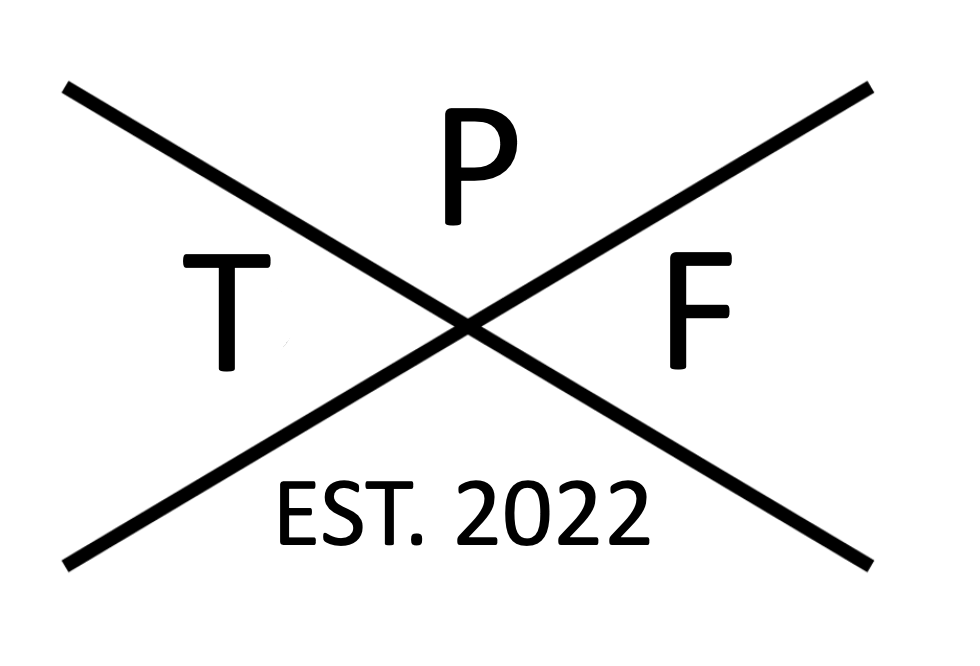This week brought mixed reactions from investors and analysts as economic reports revealed conflicting trends in the market. While more jobs were created than expected in February, the unemployment rate increased from 3.4% to 3.6%. Fed Chairman Jerome Powell’s hawkish remarks regarding the need to combat inflation led many analysts to believe we could be in for a 0.50% increase in interest rates. However, a 0.25% increase is also possible with better-than-expected job creation. Nevertheless, a rate hike is imminent, increasing the cost of borrowing money from the bank.
Banking Sector
This week’s most significant news in the banking sector was the sudden collapse of Silicon Valley Bank (SVB) on Friday. As the 16th largest bank in the country, its overnight failure sent shockwaves across the industry. The Federal Deposit Insurance Corporation (FDIC) stepped in to insure customers’ deposits, but many had deposits exceeding the FDIC limit. The FDIC was established in 1933 to provide insurance protection for depositors in case of bank failure, with coverage of up to $250,000 per deposit per bank. Its goal is to promote the safety and soundness of the banking system. To learn more, be sure to visit the FDIC website.
Housing Market
Mortgage rates have continued to rise, with 30-year mortgage rates almost reaching 7%. This is a consequence of the Fed’s fight against high inflation, and we can expect another rate hike after their upcoming meeting on March 21-22. Families hoping to relocate this summer must analyze the cost of the home and their potential mortgage payment, as higher rates will drive up monthly payments considerably compared to just two years ago. It’s crucial to avoid becoming “house poor,” where all your money goes towards the mortgage, leaving nothing left over. High asking prices and high-interest rates mean a much higher monthly payment, and rash decisions can leave families in a challenging position in the future.
Looking Ahead
Treasury Secretary Yellen has confirmed that there will be no bailout for SVB and reassured customers that current regulations and policies will protect the banking sector. However, we can expect additional volatility in the coming week as confidence in banking may be on shaky ground in the near term. Banks may conduct internal reviews of assets and perform stress tests to ensure they are positioned on a stable foundation.
The fall of SVB comes at a troubling time for the economy. The Fed is still deciding on how aggressive they must be, which will likely result in a rate hike of at least 0.25%. Families are already struggling to pay higher prices for goods and services and should not worry about their banks failing. For most, bank failure is not a big concern. Continuously update your monthly budget to reflect higher prices and stay focused on your financial goals. Check out our article on budgeting!

